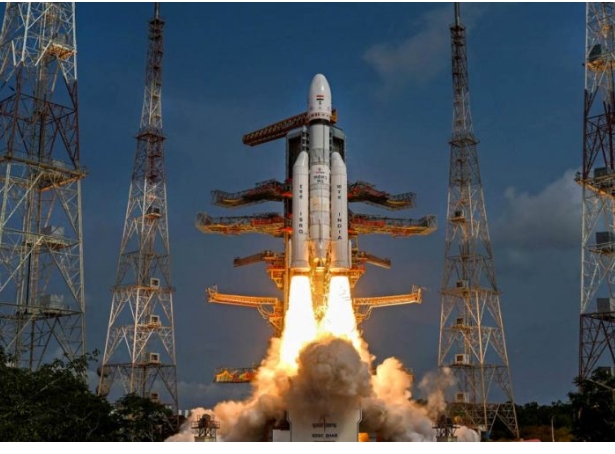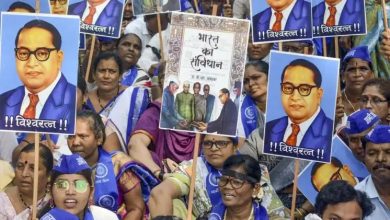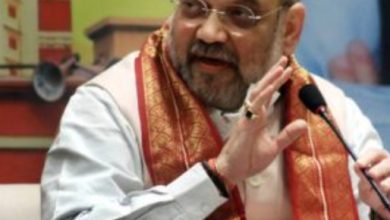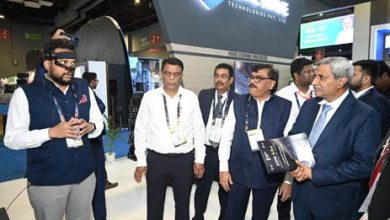Cabinet nod to build third launch pad at Sriharikota as India eyes landing astronaut on moon

New Delhi: The government Thursday approved setting up of a third launch pad at Sriharikota to send heavier spacecraft into orbit as it aims to build a space station, carry out human spaceflight Gaganyaan and land an astronaut on the moon.
The third launch pad will be built at the Satish Dhawan Space Centre at Sriharikota and will be capable of putting 30,000-tonne spacecraft in low earth orbit as against the existing capabilities of 8,000 tonnes as India eyes a larger pie in the global space economy.
The Union Cabinet, at a meeting chaired by Prime Minister Narendra Modi, approved the setting up of the third launch pad at a cost of Rs 3,985 crore in the next four years with maximum participation from the industry, Information and Broadcasting Minister Ashwini Vaishnaw said.
The Indian Space Research Organisation (ISRO) is also developing the Next Generation Launch Vehicle (NGLV) which will be 91 m in height, taller than the 72-m tall Qutub Minar.
The launch pad is designed to have a configuration that is as universal and adaptable as possible that can support not only NGLV but also the LVM3 vehicles with a semi-cryogenic stage.
It will also be able to support scaled-up configurations of NGLV with capabilities of hauling 70 tonnes payload to low earth orbit.
The launch pad will be built with maximum industry participation fully utilizing ISRO’s experience in establishing the previous launch pads and maximally sharing the existing launch complex facilities.
The third launch pad is targeted to be established within a duration of four years, the statement said.
The project will boost the Indian space ecosystem by enabling higher launch frequencies and the national capacity to undertake human spaceflight and space exploration missions.
As on date, Indian Space Transportation Systems are completely reliant on the first and second launch pads.
The first launch pad was built 30 years ago for PSLV missions and continues to provide launch support also for the Small Satellite Launch Vehicle (SSLV).
The second launch pad was established primarily for GSLV and LVM3 and also functions as standby for PSLV.
The second launch pad has been operational for almost 20 years and has enhanced the launch capacity towards enabling some commercial missions of PSLV/LVM3 along with the national missions including the Chandrayaan-3 mission.
The second launch pad is also getting ready to launch the human-rated LVM3 for the Gaganyaan missions.
The expanded vision of the Indian Space Programme, the government has announced plans to establish the Bharatiya Antariksh Station (BAS) by 2035 and achieve an Indian crewed lunar Landing by 2040.
These ambitions require a new generation of heavier launch vehicles with new propulsion systems, which cannot be met by the existing launch pads, an official statement said.
The expeditious establishment of a third launch pad to cater to a heavier class of Next Generation Launch Vehicles and as a stand-by second launch pad is highly essential so as to meet the evolving space transportation requirements for another 25-30 years.







